Write Us
We are just a call away
[ LET’S TALK AI ]
X
Discover AI-
Powered Solutions
Get ready to explore cutting-edge AI technologies that can transform your workflow!

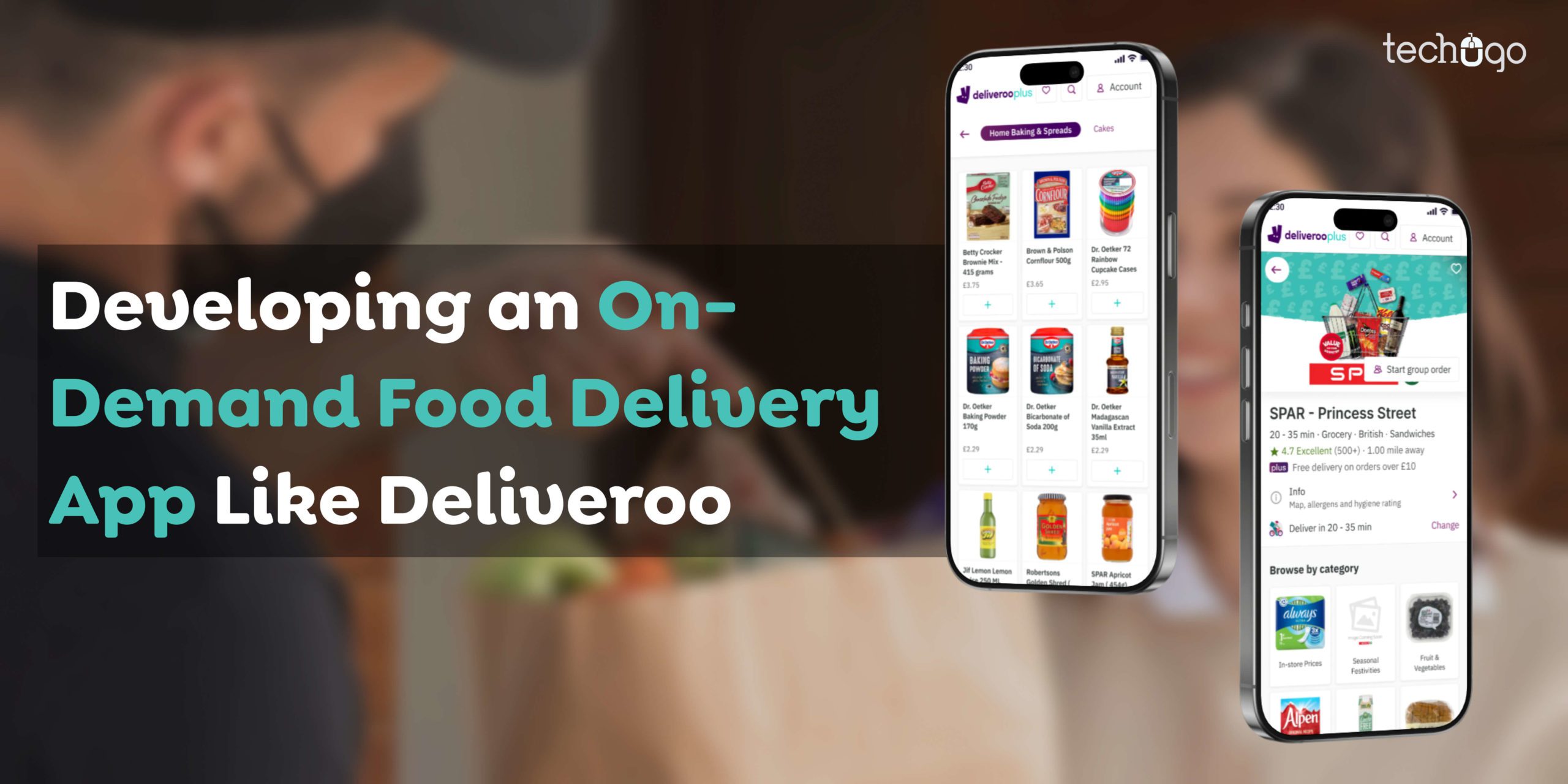
Convenience has become the ultimate goal thanks to the consistently increasing app development rate. Consumers no longer wish to spend long periods measuring kitchen time or get their cars, cycle, walk, or take a bus to the restaurant; instead, this population wants convenience, which is ordering online and getting the meal delivered to their doorsteps. The desire for instant meals and their propagation and versatility has brought about food delivery apps such as Deliveroo, Uber Eats, and DoorDash, which have altered how food can be acquired.
These apps have benefited from contemporary consumption habits by embracing speed, choice, and convenience. But have you ever considered how a mobile app development company develops an app such as Deliveroo, which is outstanding among barons of similarity, effortless usability, and logical delivery of services? Therefore, creating an app to challenge others in this ranking goes beyond having IT and computer engineering brains. It all comes down to grasping the client, making the appropriate characteristics, and providing the best possible user experience. With all of this and more in mind, it involves comprehending tendencies, lines of growth, and competitors.
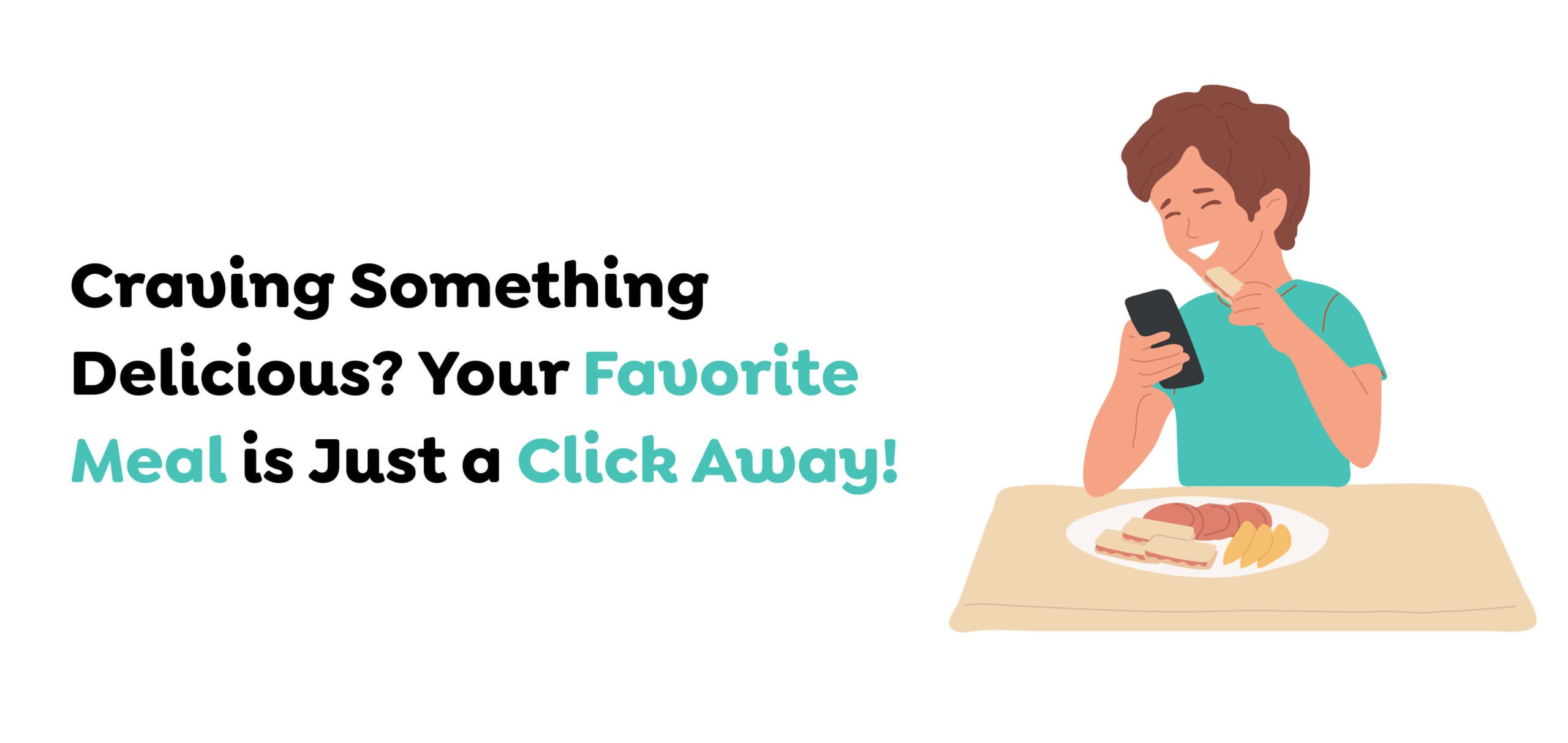
In this blog, we will guide you on building a scalable and user-friendly yet effective food delivery app while sharing live case studies and featuring unexpected tips at each stage. From understanding what the target audience needs and the must-haves features to selecting the right and latest technology foundation and developmental platform and even how to design for future growth, this guide will help you build an application that will meet and surpass consumer expectations. This is your step-by-step guide to starting the On-demand food delivery service, irrespective of whether you are an entrepreneur/developer.
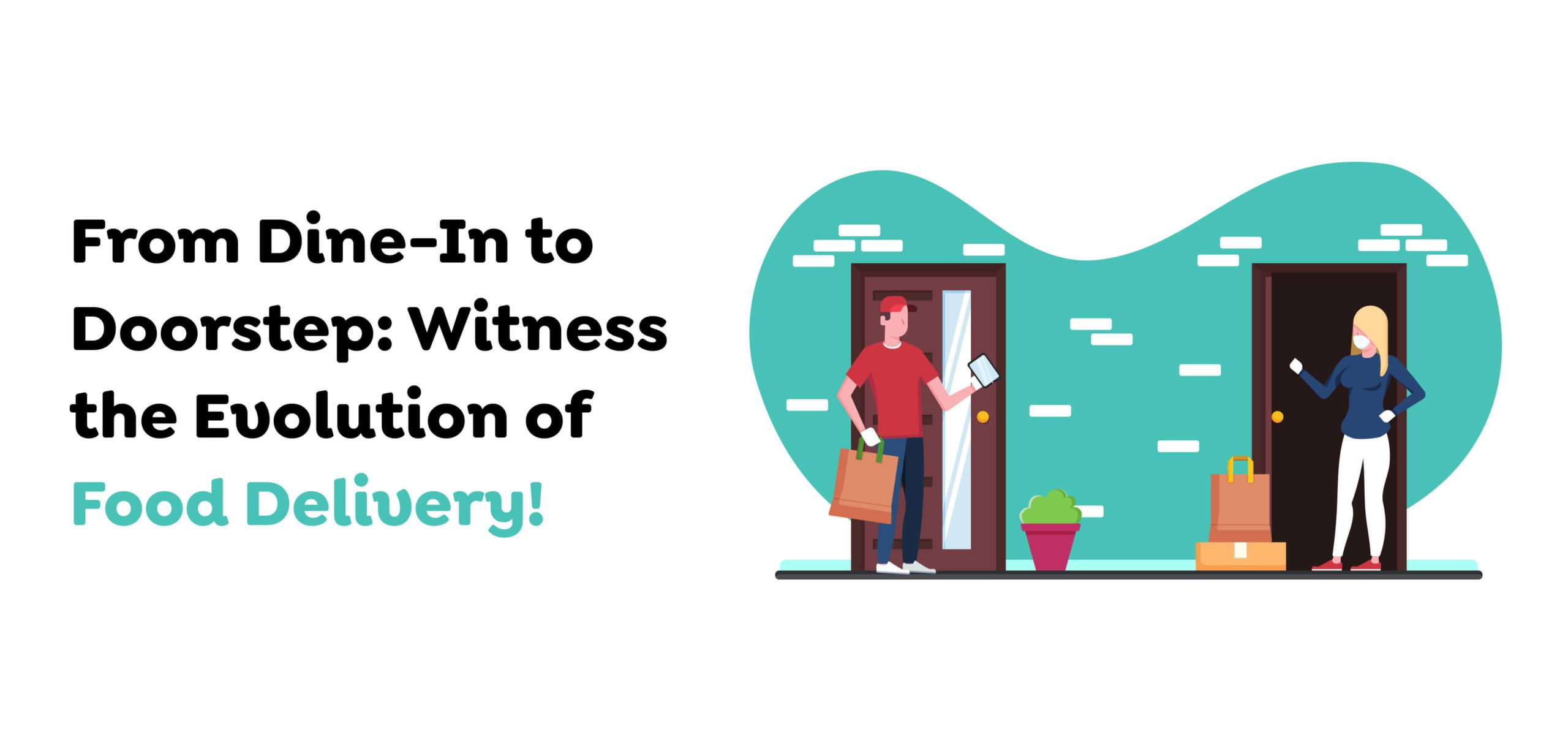
The global food delivery market has recorded a high growth rate, realized recently. It is noteworthy that COVID-19 has contributed to the intensification of online food ordering, and people no longer want to go to restaurants and taste their dishes. Services such as Deliveroo have transformed a food delivery app development company since they provide efficient, reliable, and convenient means to ensure restaurants and other food providers get a market.
Nevertheless, what led Deliveroo to become a success story? The idea or strategy lies in developing an App that should bring tangible and perceived value to customers, restaurants, and delivery people. Therefore, for crazy vertigo entrepreneurs and a business online who want to penetrate this vast and emerging marketing automation, creating a food delivery app like Deliveroo demands a perfect business strategy, implementation, and market analysis.
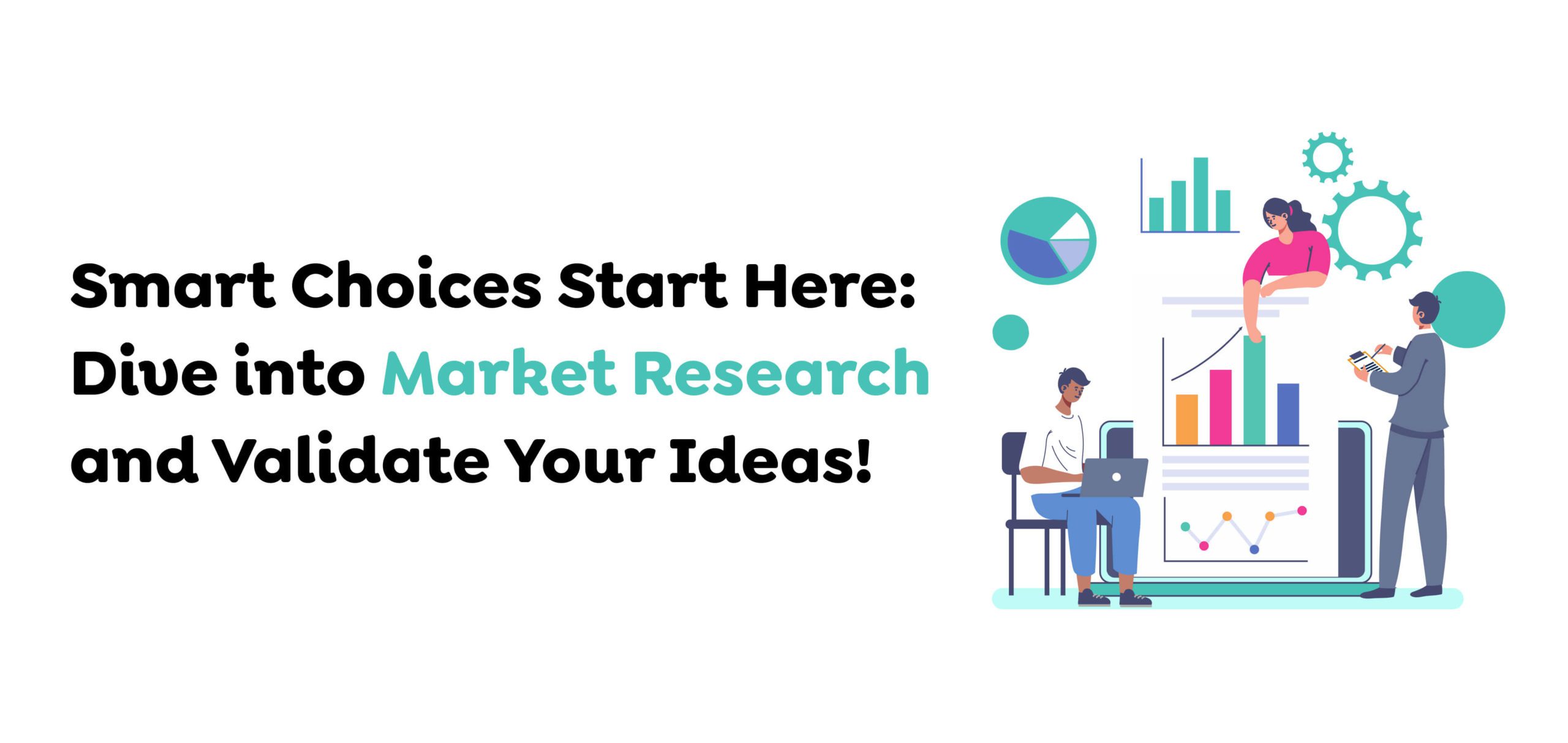
However, that is not a comprehensive approach, and before going deeper into the tech specifications of the meal delivery application, you need to start with the research. It is essential to know the customers and their needs, evaluate the competitors, and distinguish opportunities in the market. Market research enables the testing of the approval of the proposed application and the need for the service to be provided.
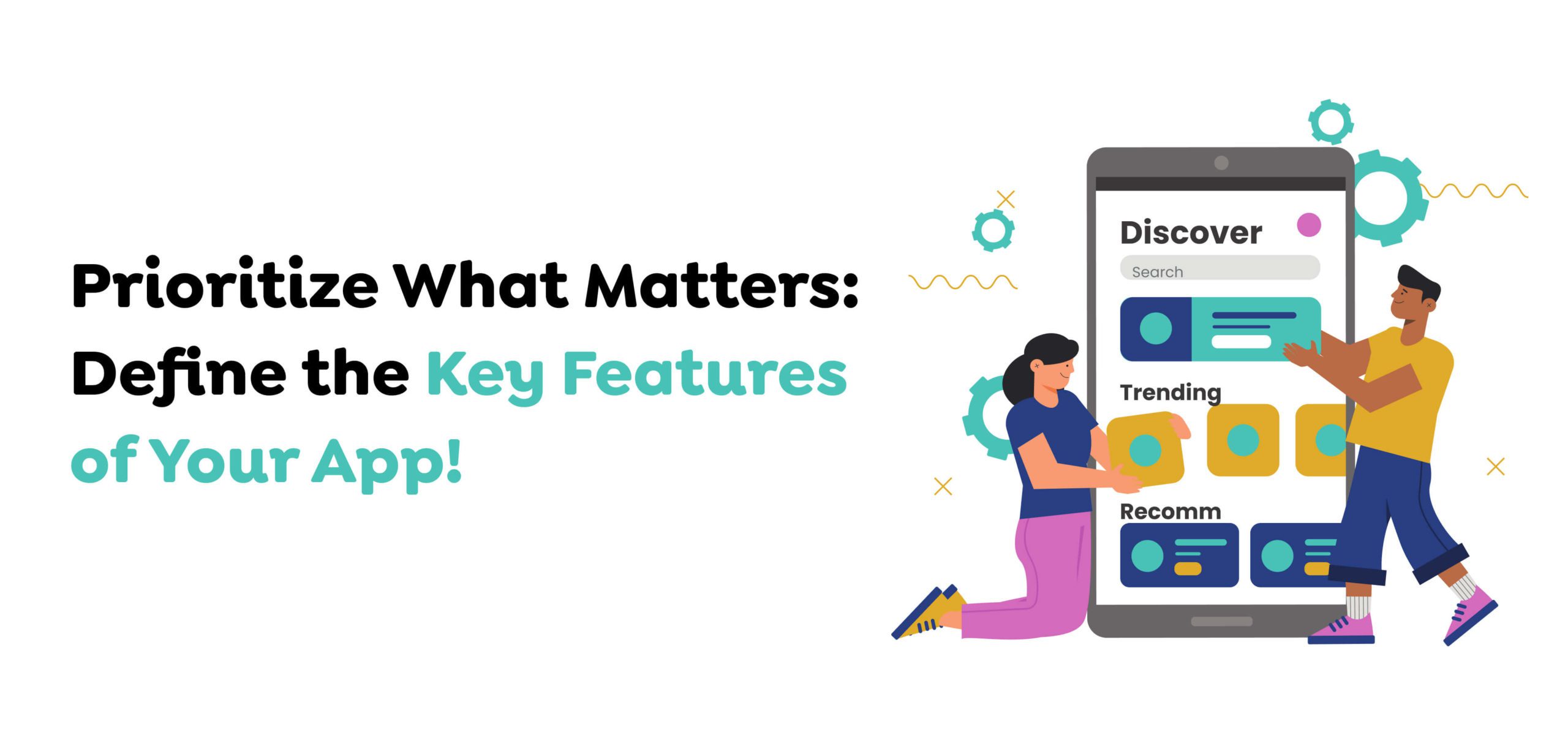
The smooth sign-up process and a great range of options are the main reasons for the popularity of the Deliveroo service. When creating a food delivery app development, there will be questions about which features must be included in the app’s initial version.
Let customers register quickly using their e-mail, phone number, or social profiles.
To increase the customer’s chances of choosing the meals, the menus should have clear descriptions, high-quality images, and prices accompanied by nutritional value.
Some of them incorporate features of search criteria such as the type of cuisine, price, distance from the restaurant, and the time it will take for delivery.
Customers want to know when their food will be delivered. GPS integration enables them to follow orders from the restaurant to their doorstep.
Customers can pay using a card, mobile money, or cash on delivery. Please make sure that all your transactions are safe.
Push notifications are used to Notify the users about the order status, special discounts, or products they may like based on their previous orders.
Instead, allow customers to post how they have been served with food and delivery and assist other individuals to make proper decisions.
Add live chat or call support elements for further assistance and a solution to any question.
These core features ensure your app can meet user expectations right from launch.
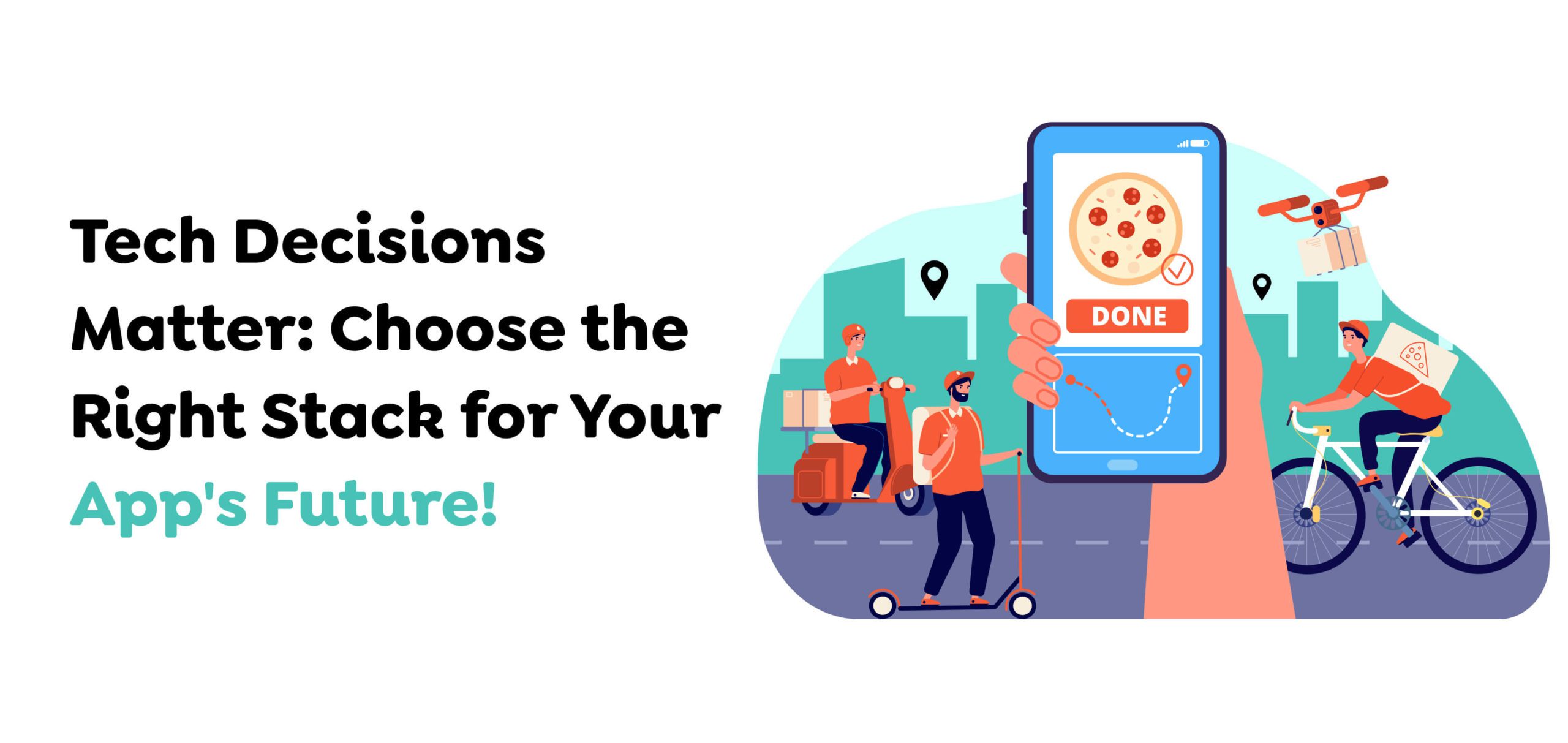
The appropriate stack has to be determined to create a reliable and easily scalable application for a food delivery service. The choice of the tech stack should reflect the project’s requirements, financial capability, and time constraints. Below are some standard technologies used to build apps like Deliveroo:
By applying the latest technologies in the development of your app, you are guaranteed that your app can withstand high traffic and corresponding complications as the number of users increases.
The website of Deliveroo is easy to use, simple, and well-designed to meet customer engagements and their basic needs. As the food delivery apps mainly serve the customers through mobile interfaces, having a design that is as frictionless as possible is the defining factor. Consider the following design principles when developing your app:
Your application must be as easy to use as possible. It would be ideal if users could place an order with a few clicks.
Use similar symbols and presentation styles throughout an app. This means using similar colors, for example, the colors of texts, font types and styles, and the color and form of buttons.
Change the app’s color scheme depending on the user’s preference; add more buttons for the users. For instance, Deliveroo uses detailed information about previous orders to assist clients in placing an order quickly.
Small animations or interactions (such as a spinner while loading or even a vibration) improve the app by adding to the resume button’s overall feedback.
Depending on the app’s design, user engagement and retention will increase tremendously.
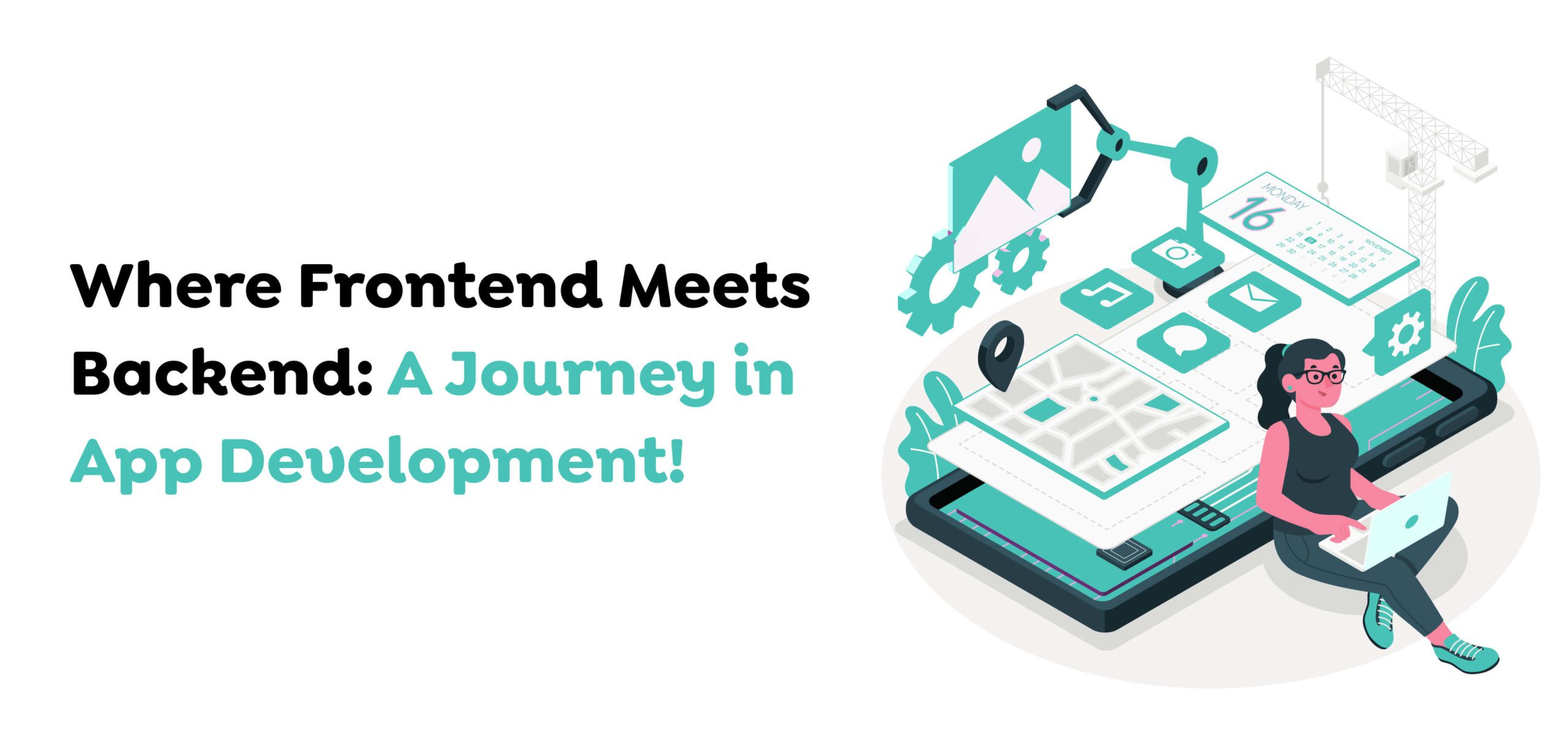
During form design, it is crucial to concentrate on developing the front end of an app to enhance the general interface and its usability on PCs and portable devices. React Native and Flutter are perfect for creating stunning, excellent-performing mobile app development in UK for iOS and Android.
The back end is the heart of a food delivery application or software that delivers hot and quick meals. This is where all the business logic described in previous steps, database operations, and API interactions are located. To act flatulently, the underlying architecture must allow multiple requests, real-time updates on order tracking, and simultaneous secure payment.
Engaging third-party service APIs is crucial when building an application for food delivery.
Here are some APIs you’ll likely need:
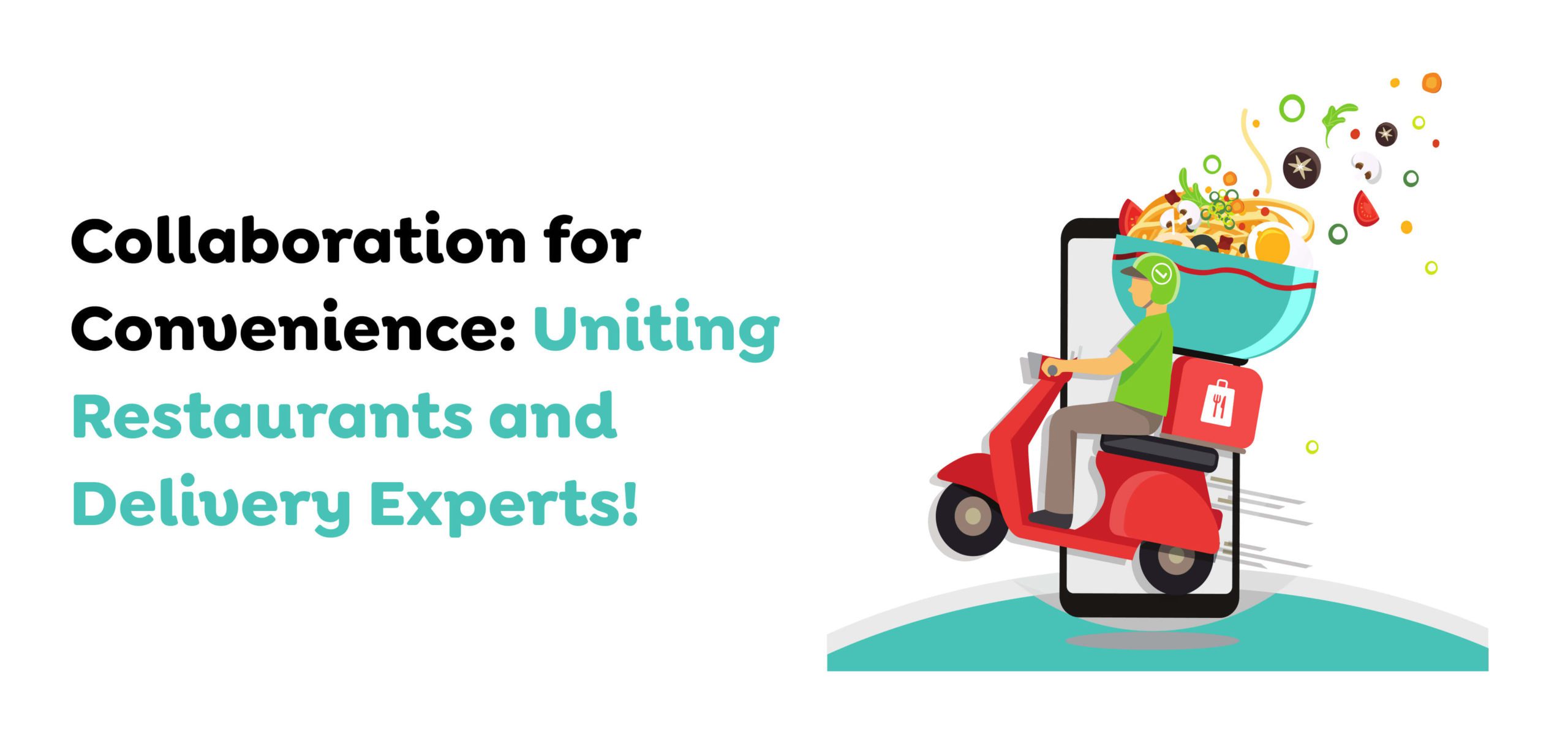
The success of your app will depend heavily on the quality and quantity of restaurants you present. Restaurants should be presented with attractive prospects, which include exposure to target customers, an easy and convenient ordering system, and reasonable commissions.
Also Read : Restaurant Mobile App Development Ordering and Delivery Made Easier
On the delivery side of your app, you’ll require people to ensure the delivery process is a success. Ensure they have the tools they need to succeed, such as:
When development is done, it is time to perform as much testing as possible in the app. Test cases related to functions, performance, security, and usability on multiple hardware and software forms. Some types of testing include:
After this, you are ready to launch your app for real because if it has functionalities, as seen below, you can soft-launch your app to get customer feedback to help you fine-tune it before a big launch.
When your app is launched, it is just beginning—the chief goal is to get users. Gaining conservative mobile app marketing is a prerequisite for a business venture. Some effective marketing techniques include:
For instance, Deliveroo uses all four models to generate multiple revenue streams.
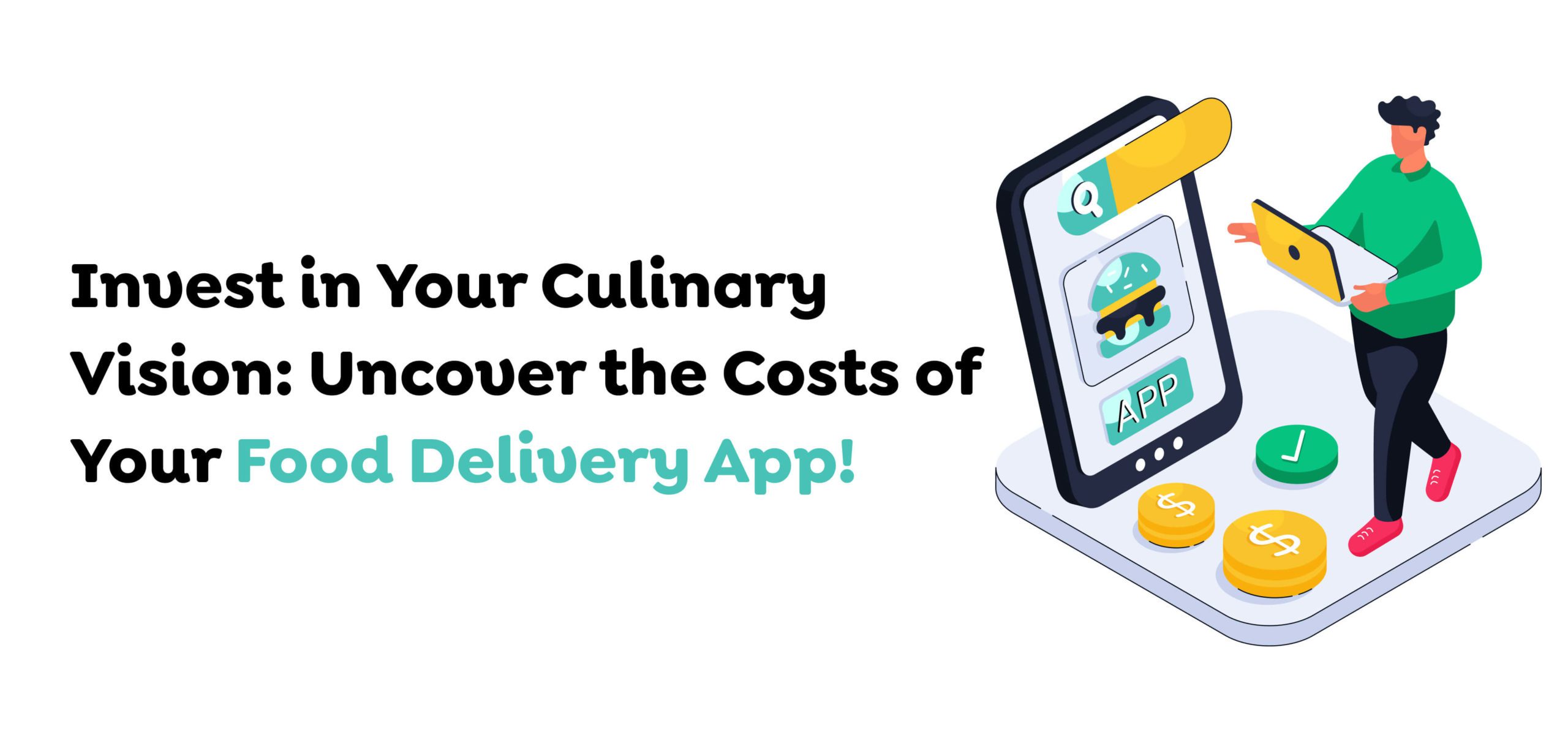
Building a food delivery app like Deliveroo involves several key components and is estimated cost to build a food delivery app is around $50,000+. A development team is essential, including UI/UX designers, mobile and backend developers, a project manager, and quality assurance testers. The app must feature user registration, restaurant listings, order placement, payment integration, and tracking. It also requires separate apps for restaurants and delivery personnel and an admin dashboard for management.
The technology stack includes server hosting, payment gateway APIs, and mapping services. Design work covers UI/UX for mobile and web, while comprehensive testing ensures a seamless experience. Ongoing maintenance, marketing strategies, and legal compliance are crucial for success. Optional features like loyalty programs and in-app chat can enhance user engagement. Overall, the total cost can vary based on complexity and features.
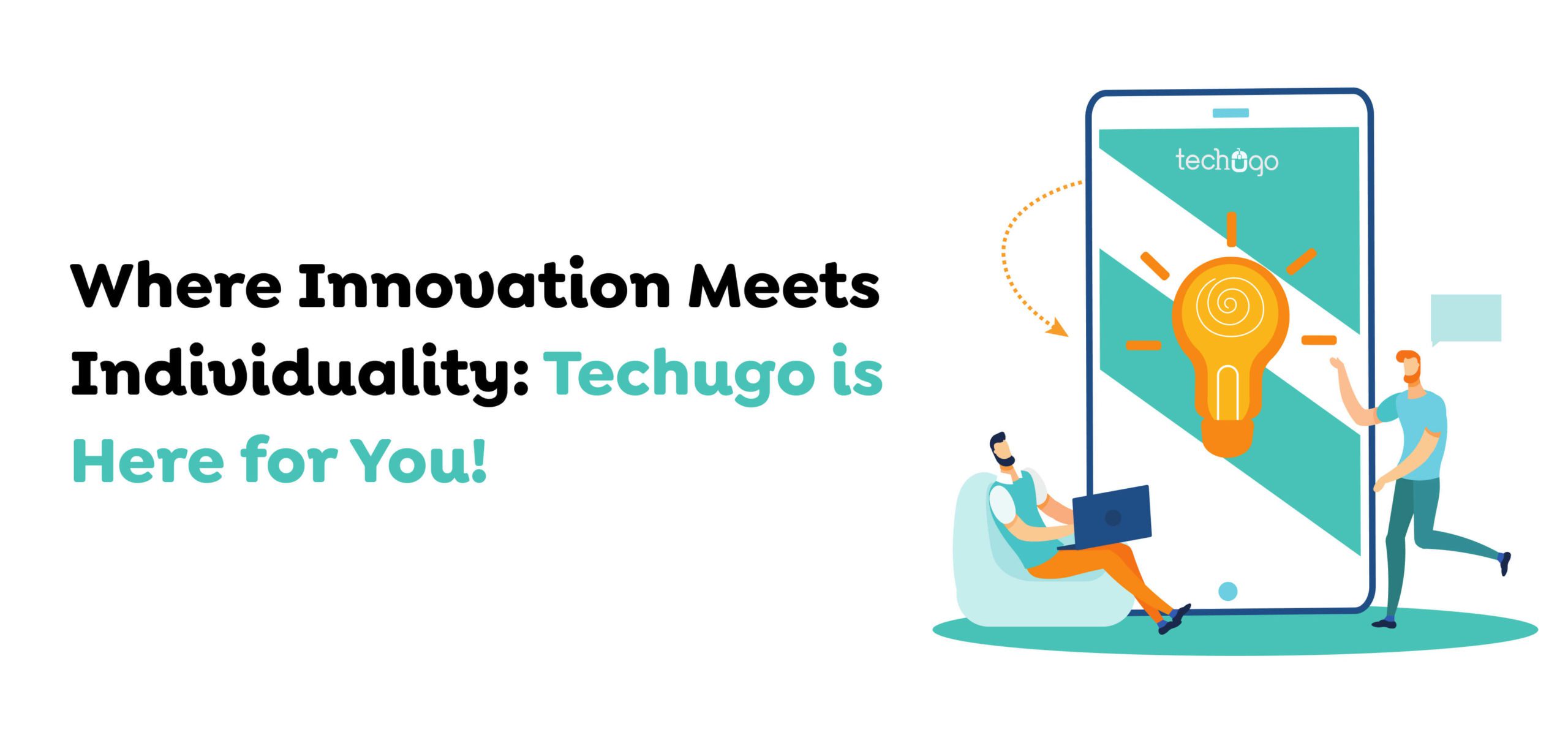
Techugo focuses on the top level of satisfaction by paying close attention to the client’s needs and adjusting its processes accordingly. They involve consultations with their clients so that they can understand your visions, choices, or enterprise goals, and every feature within the app will correspond to them. On this basis, their development strategy retains considerable flexibility to implement necessary modifications or improvements during the developmental stage. At Techugo, we continue to have a passionate support staff in the development process to ensure that you receive everything you desire from your project at any given time, making it a partnership that guarantees success.
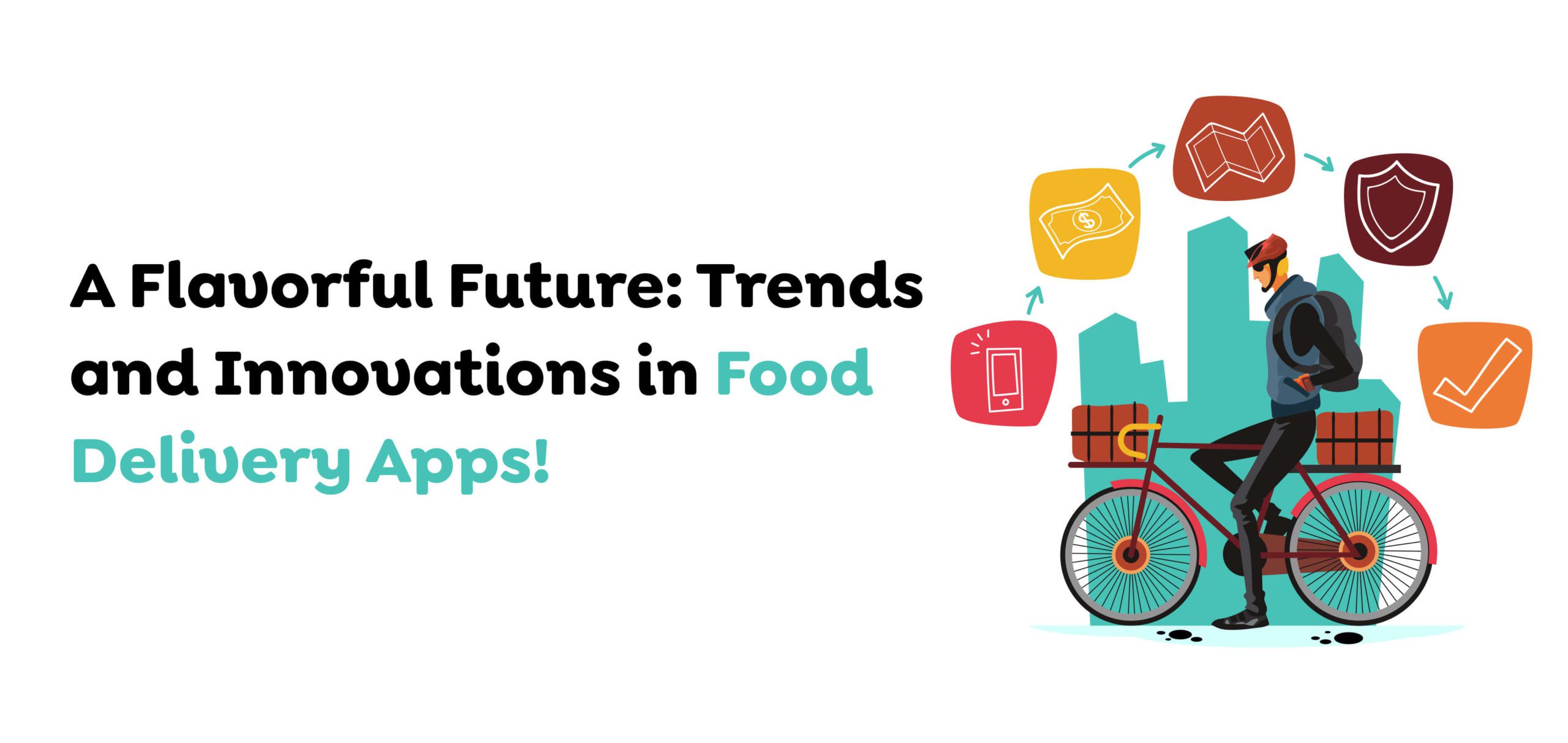
Creating a food delivery app like Deliveroo entails solving complex technologies, captivating presentations, and rationality in business management. Following the steps described in this post-market analysis—core features definition, selection of the required modern technologies, and further application improvement—you’ll get closer to building a successful on-demand food delivery app.
The future of those food delivery apps is promising, and the market remains open to innovative solutions, such as AI-based delivery assignments, delivery by drones, and delivery with environmentally friendly packaging. In this way, your app gets in front of competitors, and consumers will have even more reason to switch to your food delivery market than before.
Finding an angel to invest in an app such as Deliveroo may be arduous; however, starting one up is possible. So, what are you waiting for? It is time to start building the next big thing in food delivery today. Get in touch today for more updates!
Write Us
sales@techugo.comOr fill this form